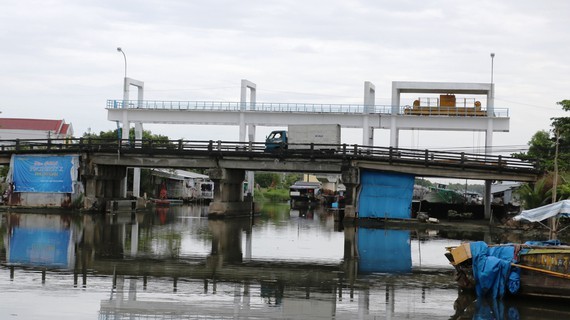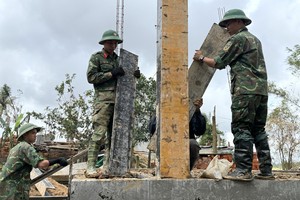
According to multiple sources, waterway transport in the Mekong Delta is generally more cost effective than road transport despite taking a longer time.
There are 12 national waterways with a total length of 418km passing through Dong Thap province, according to the local Department of Transport. In which, Hau river, Tien river and 4 of its branches can accommodate barges of over 4x600 tons and inland vessels of over 1,000 tons.
Additionally, the province is home to government funded port systems which can accommodate vessels up to 3,000-5,000 tons, said Deputy Director of the Dong Thap Provincial Department of Transport Tran Ngo Minh Tuan.
On the matter, he suggested integrating more than 660 private inland ports into the provincial logistics system.
In Ca Mau Province, most rivers and canals converge with national waterways flowing into 4 different directions and would meet a variety of demands for freight and travel.
However, experts pointed out that despite advantageous weather conditions and untapped potential, it is quite difficult to fully utilize waterway routes in the whole Mekong Delta.
For example, Cho Gao canal is the only waterway route connecting the Mekong Delta with Ho Chi Minh City, shortens the distance compared to sea travel, and receives about 1,800 vessels with 100 to 2,000 payload each day.
However, heavy-lift vessels can get stranded when the water is low due to the canal’s narrow bed and eroded banks, creating a bottle neck during high traffic.
In the Ca Mau peninsula, narrow width salinity sewers and irrigation dams can also obstruct waterway freights, forcing vessels to take long detours.
In face of the situation, the Central Government had launched the scheme to upgrade the Cho Gao canal with a total capital of VND786 billion (about US$34 million) from the Government bond.
However, phase 2 of this scheme is facing several roadblocks due to lack of funding.
























